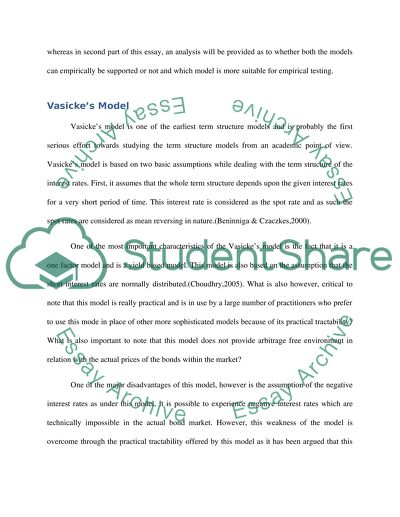Cite this document
(Fixed Income Securities Essay Example | Topics and Well Written Essays - 1500 words, n.d.)
Fixed Income Securities Essay Example | Topics and Well Written Essays - 1500 words. https://studentshare.org/finance-accounting/1553685-finance-fixed-income-securities
Fixed Income Securities Essay Example | Topics and Well Written Essays - 1500 words. https://studentshare.org/finance-accounting/1553685-finance-fixed-income-securities
(Fixed Income Securities Essay Example | Topics and Well Written Essays - 1500 Words)
Fixed Income Securities Essay Example | Topics and Well Written Essays - 1500 Words. https://studentshare.org/finance-accounting/1553685-finance-fixed-income-securities.
Fixed Income Securities Essay Example | Topics and Well Written Essays - 1500 Words. https://studentshare.org/finance-accounting/1553685-finance-fixed-income-securities.
“Fixed Income Securities Essay Example | Topics and Well Written Essays - 1500 Words”. https://studentshare.org/finance-accounting/1553685-finance-fixed-income-securities.


